
Every school day, the intersection of Kilgore Road and Lovers Lane becomes a major traffic choke point as dozens of vehicles rush to the Loy Norrix parking lot at once. Between the rush of buses around 7:00 a.m. and the surge of car traffic later in the morning, students who cannot use motorized transportation face daily hardships on their commutes.
For some, walking or biking to school are their only options. They may not be able to afford a car, and they may not know anybody who is reliably available to drive them to school.
Furthermore, many students are not allowed to ride the district-run buses. Kalamazoo Public Schools policy states that all students in grades 6-12 who live closer than a mile and a half away from their school cannot take the school bus and are instead encouraged to walk or bike to school.
Junior Carter Heath is a student who is affected by this policy. Heath walks home with his brothers every day, as they have been unsuccessful in securing a ride from school.
“Personally, I like walking home, even though once you get on Portage Road, there’s no sidewalks and the terrain’s pretty hilly. I still enjoy it, despite the weather and everything. It’s just calming,” said Heath.
As Heath shares, walking can be a fun activity that benefits one’s health. Unfortunately, not having a car in Kalamazoo is often very dangerous. Even though sidewalks are available on most nearby roadways, they are not always good quality. Bike lanes are usually narrow, unprotected from passing cars in the all-too-few places they exist, especially in the outer neighborhoods.
Many of the main streets near LN, such as Westnedge and Portage Road are wide, high-speed roads with frequent driveways and intersections. These circumstances create an urban environment with little space for anyone except those inside an automobile.
As Kalamazoo City Planner Christina Anderson explains, this type of roadway design is a relic from a time when the negative effects of car-oriented infrastructure were less apparent.
“There absolutely was a period in time in which cars became affordable and planning shifted for that to be the dominant form of transportation,” said Anderson. “Planning shifted: instead of designing somewhere for someone to walk easily, we opened the door for people to say ‘Oh, now I can take my private vehicle wherever I need to go.’”
This planning mindset has led to the current situation, in which students without bus service are forced to walk on patchy sidewalks alongside hazardous roadways. Many people rightfully find these conditions to be unacceptable and choose to utilize a car whenever they can, even if they live within walking distance of the school. This furthers the cycle of car dependency, making the walking environment even worse and affecting students like Heath particularly harshly, especially during construction projects that cut off pedestrian routes.
“They shouldn’t have been doing construction on the road [Portage Road near I-94] for two years. That was annoying,” Heath said. “Second of all, we need sidewalks the whole way through.”
Fortunately for those who rely on walking or biking for transportation, this mindset is changing. Although funding is a limiting factor, city officials such as traffic engineer Dennis Randolph are recognizing the need for change and implementing more infrastructure that meets the needs of those who lack cars.
“That’s why you see some of the streets going from four lanes to three. We’re putting bike lanes on each side. In many cases, our streets don’t need four lanes, and if there are too many lanes, people drive faster,” said Randolph. “We can slow traffic down: it makes the roads a lot safer for people who walk and bike.”
Over his many years as Kalamazoo’s traffic engineer, Randolph has noticed a pattern: the faster traffic moves, the more injuries occur.
“The bigger the difference of speeds between objects in traffic, the more people get hurt. If someone is hit and seriously injured, they’re crippled for life, and that’s not just an issue for them but for everyone because society has to bear those costs,” said Randolph. If someone is hit and seriously injured, they’re crippled for life, and that’s not just an issue for them but for everyone because society has to bear those costs. — Dennis Randolph
Adding more bicycle and pedestrian lanes may also promote heavier use of environmentally friendly transportation. Induced demand is an economical concept that states that if a service is increased in quantity or quality, more people will use it. For example, if we improve our sidewalks and bike lanes, more students will use them to get to school, decluttering roads and decreasing carbon emissions.
While knowing about this issue is important, awareness alone will not inspire change. If we as the student body want to improve the walking environment and slow pollution and curb traffic injuries, we need to act now so that our community no longer has to suffer the consequences of unsafe roadways. Communicating the needs of students to the city will be key to accelerating change – anyone can attend neighborhood meetings or contact the city directly to present issues and ideas.
“I think students reaching out to the city commission is always a positive activity, to help have your voices heard about what you would like to see in your community,” said Anderson.
It’s time student transportation became more sustainable for safety, economics and the environment. The city of Kalamazoo has made it clear that they are willing to work with neighborhoods to create safe environments for all travelers – the Michigan Avenue bike lanes, for example – but it must be made known that downtown is not the only area where these changes are needed. People across the city stand to benefit from increased ease of walking and biking, most of all young students with no other options.

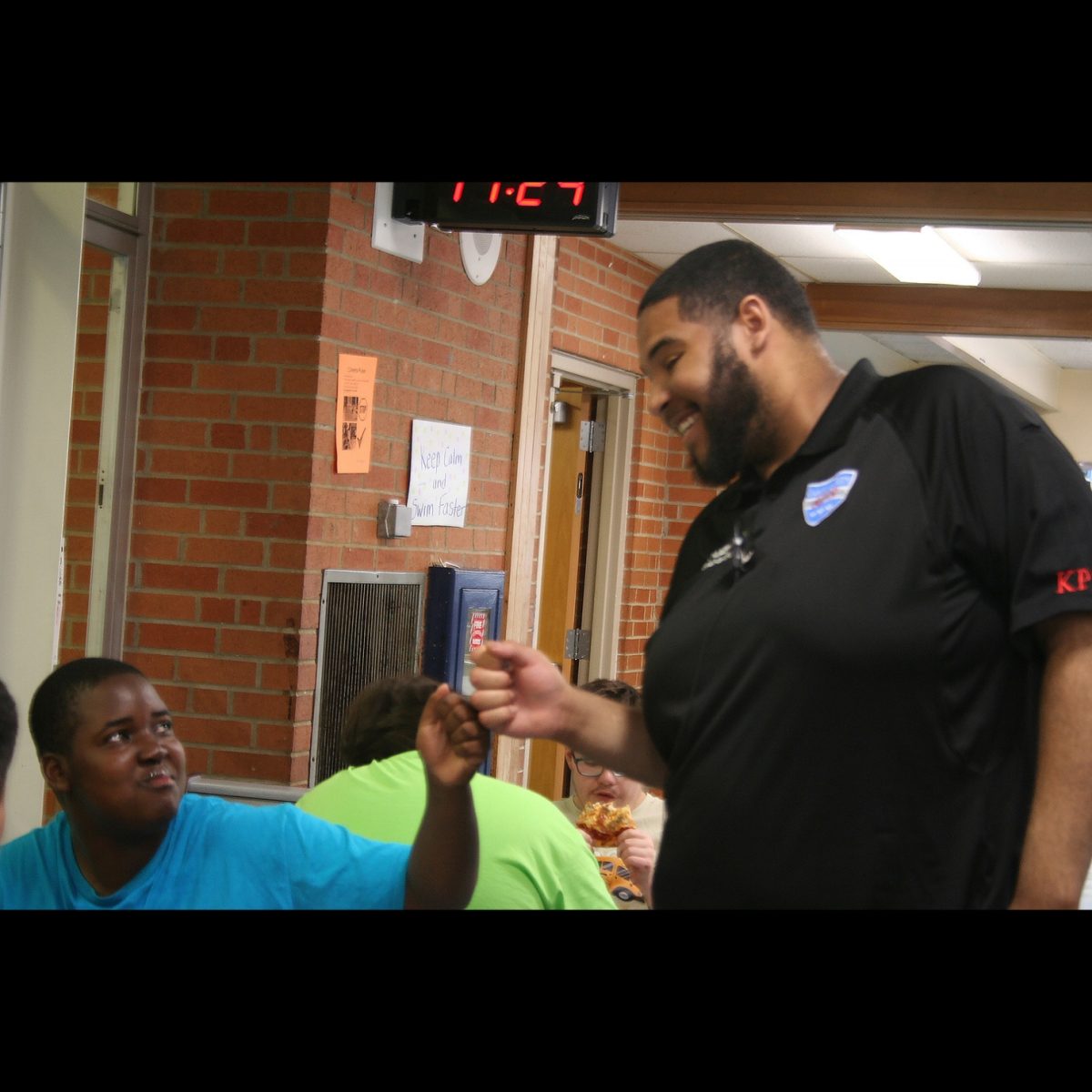

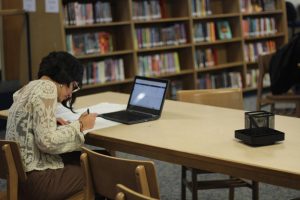

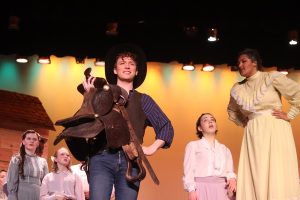

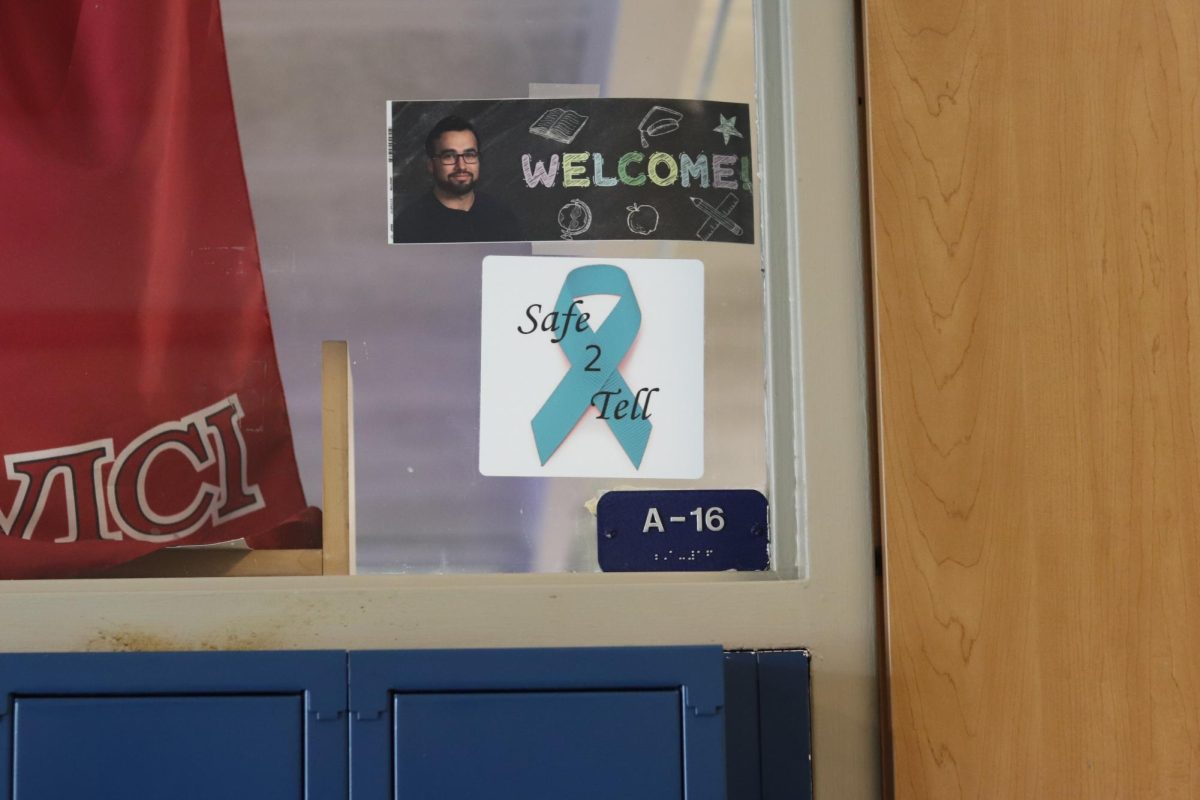

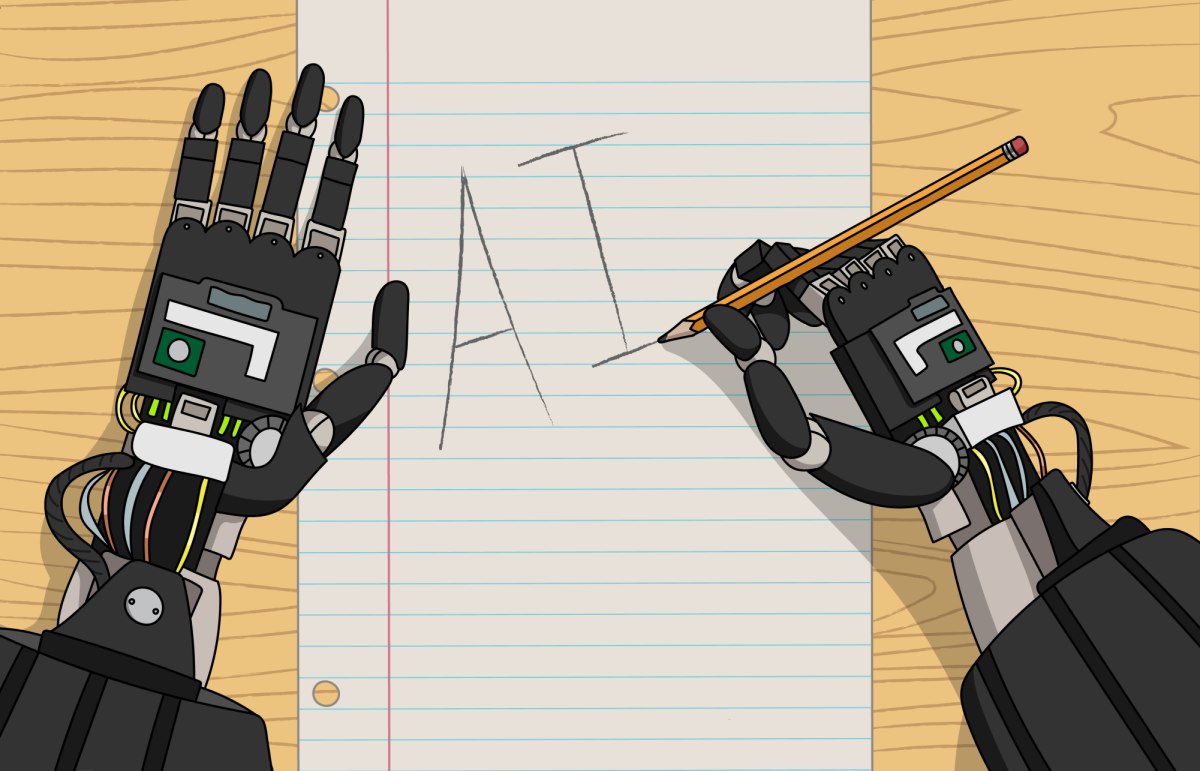
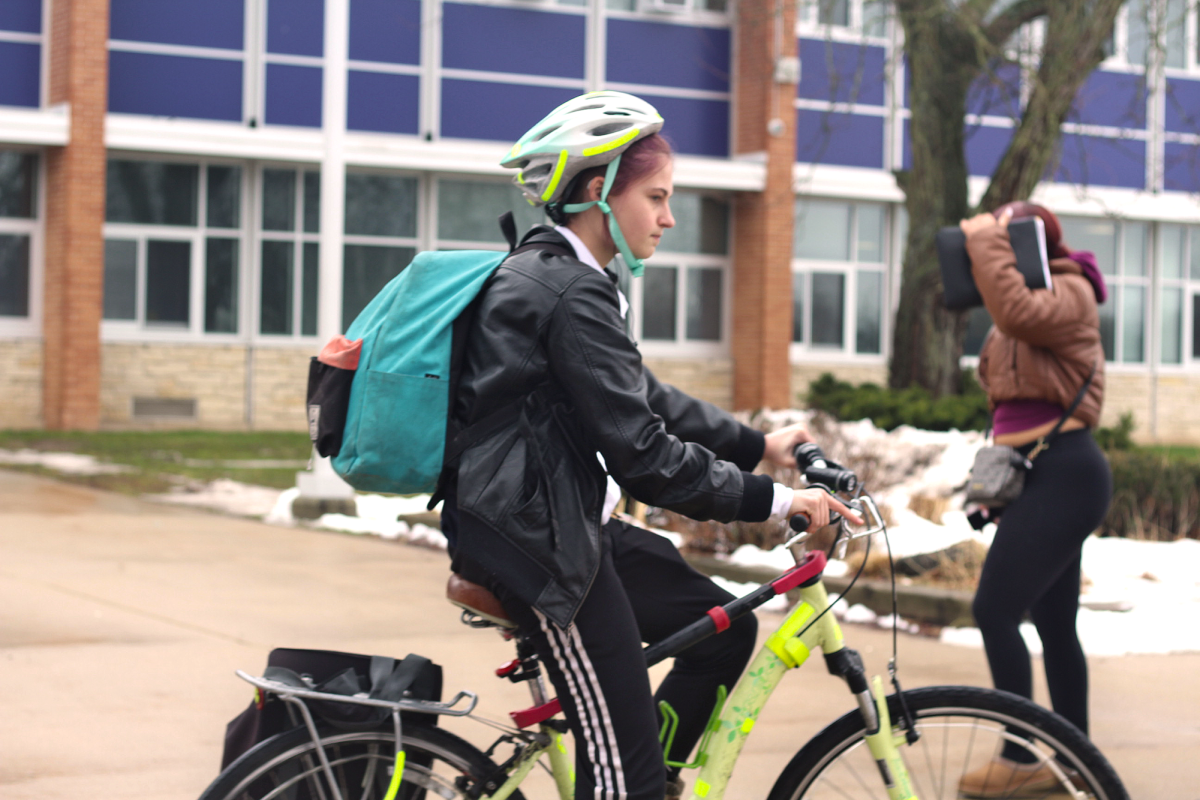


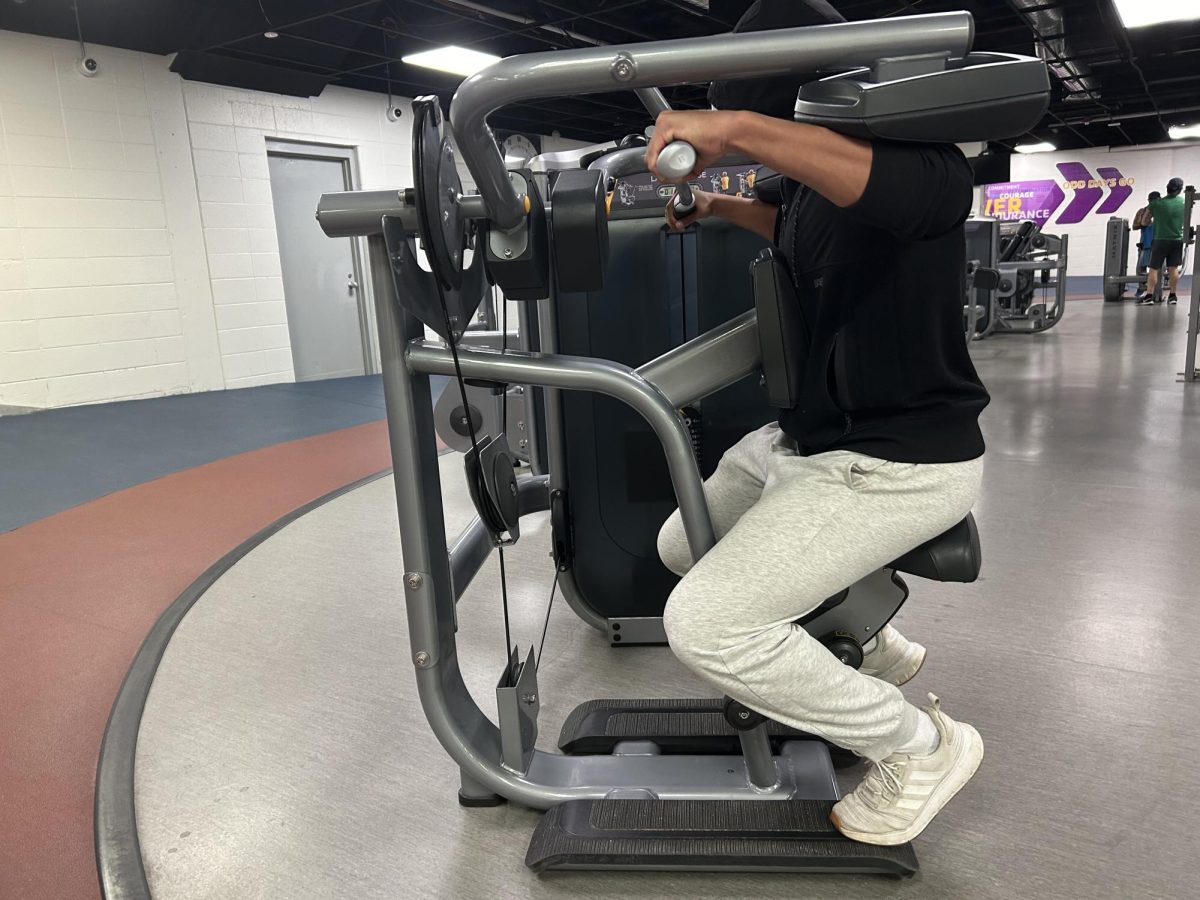
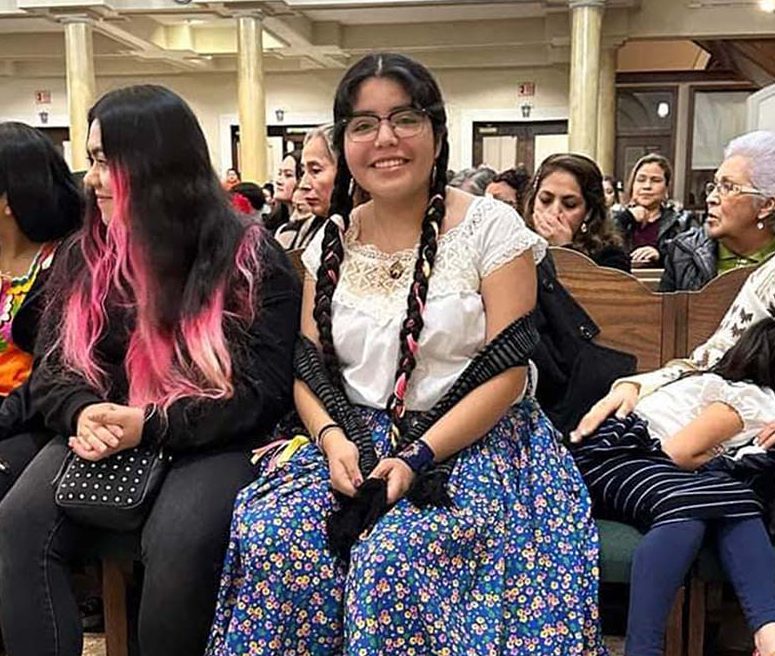
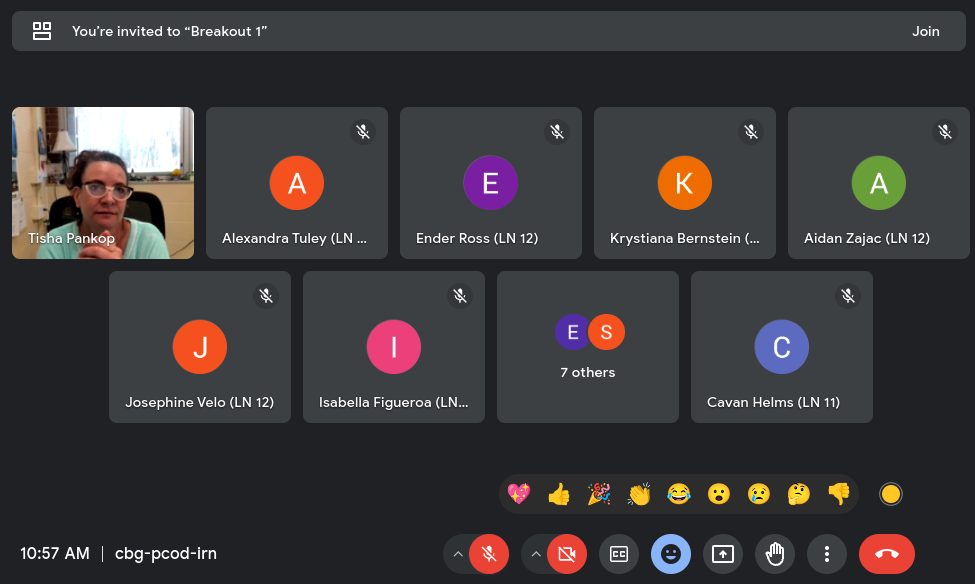

laura m Ross • Feb 9, 2024 at 8:26 am
I often see students walking on their way to school, in the dark, with no sidewalk: its annoying to think we can put in roundabouts in the middle of nowhere to “calm traffic” but can do something as simple as a sidewalk for our kids.
Mr. Lafferty • Feb 6, 2024 at 7:46 pm Knight Life Pick
Thank you for drawing attention to this very important issue. In addition to the city-wide problem of unsafe streets and car-dependency, it’s especially outrageous that a school such as Loy Norrix sits at the corner of a busy intersection with practically no safe infrastructure on the adjoining streets for people outside of cars.